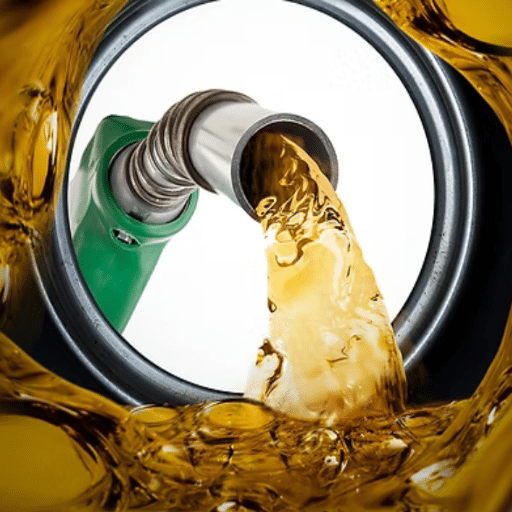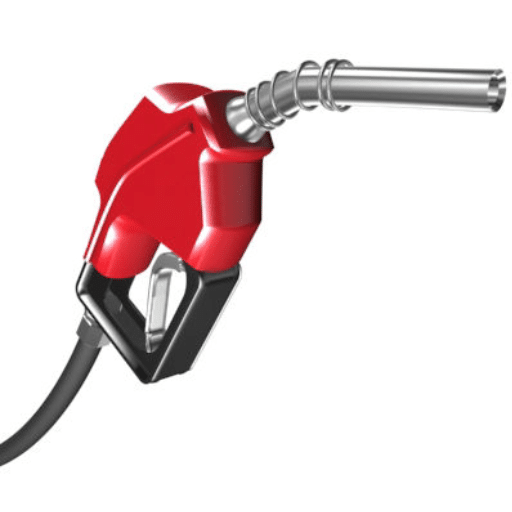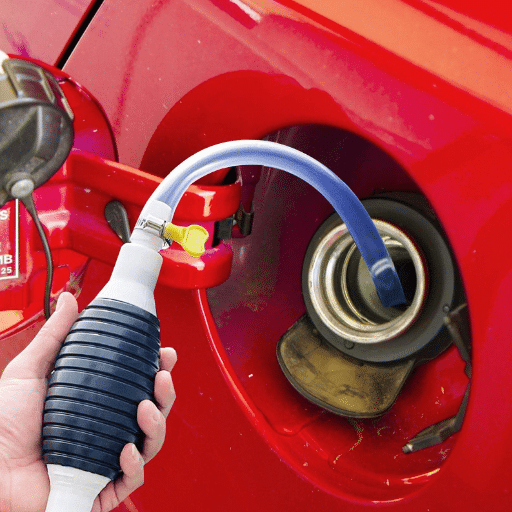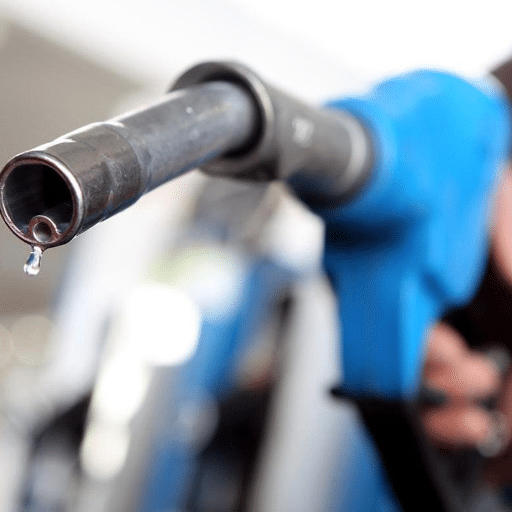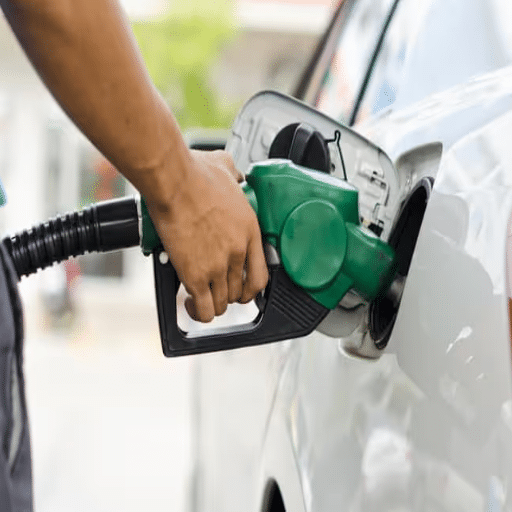Gasoline is a perennial topic of discussion, as it affects consumers, businesses, and economies. Well, what are the actual elements that determine the petrol price? There is much more to the gasoline price margins than meets the eye. Fluctuating crude oil prices, costs of transportation, taxes, or retailers’ operational costs – at every stage of the supply chain, there is some sort of deterioration of the final figure. In this blog post, we’ll take you behind the scenes to explore the intricate interplay that drives low gasoline prices and reveal how profit margins are calculated, as well as the challenges retailers face in the process. Whether you are a curious consumer or an informed businessman, this article will provide you with an insightful view into what drives the numbers that power our economy.
What is the Profit Margin on Gasoline?
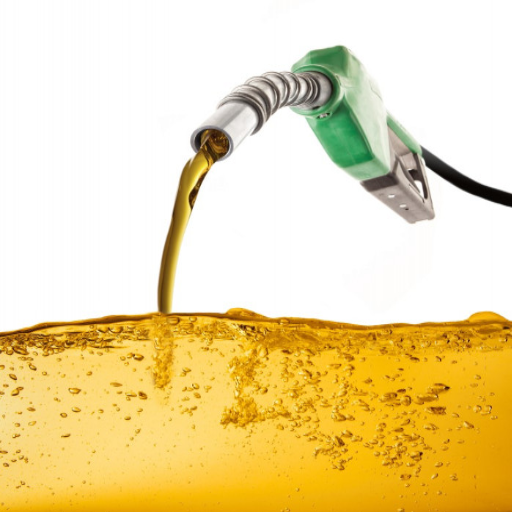
Gasoline profit margin would generally be small for retailers. In the case of a typical gas station, it earns between 5 and 10 cents per gallon sold, to put it that way. This margin would simply be the difference between what the retailer pays for gasoline at wholesale and the price posted at the pumps. However, some expenses, such as delivery, salaries, rent, and credit card payments, further reduce the earnings, resulting in a small net profit. The gas stations, even when considering their main profits, mainly rely on the sale of convenience stores and other services to supply the bulk of their revenue.
Definition of Profit Margin
The profit margin is a financial metric used to determine a company’s profitability. It is the value percentage of the revenues retained as profit after expenses are paid, which might include operating expenses, taxes, or interest. Profit margin is classified into three common types: gross profit margin, operating profit margin, and net profit margin, each shedding light on gross profit computations at various stages of a company’s profitability.
According to recent industry data, there is indeed a significant variation in average net profit margins across different fields. To give a few examples, grocery stores and gas stations tend to have very low margins, with net profit margins as low as 1-3%. Conversely, technology and pharmaceutical industries tend to channel higher profit margins, their net profit margin often exceeding 20%. For small businesses, the typical net profit margin is in the range of 10%, although it tends to vary widely based on the industry and its operational costs.
Profit margin is a vital financial indicator. Intending businesses use it to check if their pricing strategies and cost controls are adequate and if they are operating efficiently. If the profit margin is high, that points toward a company that is well-utilizing its resources and producing good returns for its shareholders. In contrast, a lower profit margin might invite cost evaluation or a change in focus.
Importance of Understanding Profit Margins
Understanding profit margin is an essential component for businesses to stay competitive and sustained. Providing the investor or business owner with an idea of profit — specifically, how well a company is generating income — directly affects the possibility of further work, growth, and consideration for the shareholders. The average net profit margin in the United States is currently 7.7%. It varies widely depending on the industry. Technology companies tend to have higher margin percentages; for example, Apple’s net profit margin has consistently stayed above 20%, showing Apple’s very lean cost structure relative to its strong brand. The retail and foodservice industries typically experience very flat margins, ranging from 2 to 4%, due to competitive pricing and operational costs.
Similarly, analyzing profit margins reveals trends in a business’s financial performance. A growing margin could indicate that better operational and cost control efficiencies are being implemented. Perhaps an environment of shrinking margins may be a signal of rising production costs, price pressures, or similar concerns. If businesses are watching these changes, they will have a better chance to adjust accordingly before they are affected. Profit margins also provide a basis for judging the company’s standing in comparison to others or industry averages, which opens additional strategic views.
Factors Influencing Profit Margin on Gasoline
Several factors are crucial in determining the profit margins realized on gasoline. The first and primary determinants affecting profit margins are changes in crude oil prices, which have historically constituted the primary component of gasoline production costs.
Suppose changes occur in crude oil prices, particularly during periods of geopolitical instability or sudden alterations in global supply and demand factors. To cite preeminent examples, consider crude oil prices, which have hovered between $90 and $95 per barrel in recent times, subsequently determining the floor price for gasoline production.
The second group comprises refining costs affecting profit margins. On the one hand, refining costs are variable as a function of different refining modes and various types of crude oil. On the other hand, operational costs of maintaining and upgrading refineries affect profitability levels.
Then there are taxation and regulations. To the retail price of gasoline, local, state, and federal taxes can sometimes add significant amounts, whittling away at the profit margin. Taxation can account for approximately one-fifth of the final price of gasoline in some states, according to a recent survey.
Supply and demand, market competition, and logistics related to distribution all affect profit margins, and vice versa. Depending on the competitors’ pricing and transportation costs, retailers continually adjust their prices. Heightened inflationary levels or increased or decreased demand for fuel at any given time also alter the competitiveness of prices.
Environmental policies and trends in alternative energy are gaining relevance in recent times. Stricter regulations aimed at reducing low-carbon emissions, on the one hand, and the adoption of electric vehicles, on the other, currently exert immense pressure on conventional markets, eroding profit margins for gasoline producers and distributors. The above aspect highlights the complex and interdependent nature of the gasoline industry, necessitating constant monitoring and strategic adaptations.
Components of Gasoline Pricing
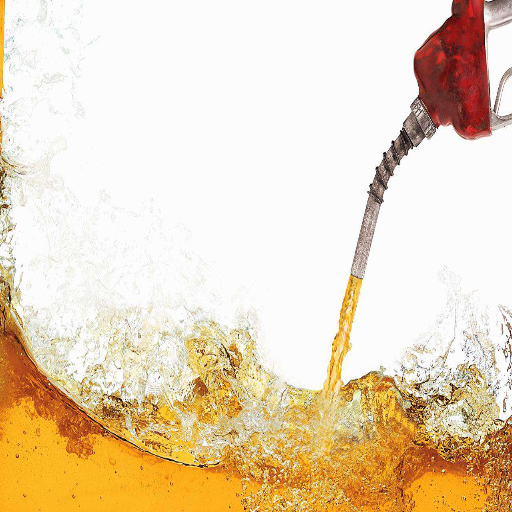
Several key components that affect gasoline pricing combine to determine the final cost consumers pay at the pump. The components are:
Crude Oil Prices: Crude oil is the primary raw material used in gasoline production, and the global market price hugely influences the price of gasoline. Geopolitics, supply restrictions by OPEC, or demand-supply forces are the primary parameters that dictate the cost of crude oil.
Refining Costs and Profits: Refineries used in the production of gasoline from crude oil have operating systems that incur costs for labor and energy. Hence, profits of a refiner contribute to the price of gas.
Distribution and Marketing: Costs incurred during the transmission of gasoline to distribution centers and outlets are passed on to the consumer. Marketing expenses and operating expenses of the retailer make a little but impactful difference.
Taxes and Regulatory Fees: Government taxes applied on gasoline per gallon differ from state to state or from country to country. These include federal taxes, state and local taxes, as well as the cost of complying with various environmental regulations.
Market Conditions and Supply Chain: Any change in conditions, such as demand disruptions, natural disasters, or supply chain disruptions, inevitably contributes to price volatility. For instance, during summer, there is usually high demand, resulting in high gasoline prices.
Understanding these factors enables one to develop explanations for the variability and complexity within the pricing mechanism of gasoline.
Understanding Gasoline Prices
Numerous things influence gasoline prices, the foremost being crude oil prices. According to recent estimates, crude oil accounts for roughly 50-60% of the retail price of gasoline. An increase in international oil prices due to increased demand, geopolitical tensions, or supply constraints would be reflected directly at the petrol pump.
Later come refining costs, which can be about 10-20% of the gasoline price. These vary with the complexity of refinery processes and the cost of fuel formulation required on a seasonal basis, primarily for summer, due to stringent environmental standards.
Federal and state taxes are a fixed portion of gasoline costs, with the federal tax being approximately 18.4 cents per gallon, but state taxes vary widely. For example, here, in California, we observe one of the highest state gas taxes, averaging well over 68 cents per gallon.
Bringing about temporary reductions in fuel availability, supply disruptions due to weather events, such as hurricanes, can also contribute to price spikes. Changes in exchange rates, on the other hand, may impact the import price of crude oil for non-producers, thus indirectly determining local prices.
Lastly, demand, along with global economic conditions, remains a crucial factor. During periods of economic upturns, vehicular activity increases, and so does gasoline consumption; consequently, prices tend to rise. Conversely, economic fluctuations may lead to a reduction in demand, which in turn will put pressure on prices to decrease.
Having this cluster of factors in mind, one can easily deduce the continually moving gasoline prices and what they imply for the general economy.
Breakdown of Costs in Gasoline Retail
The price at the pump is a function of several key components, each of which helps in determining the final per-gallon price at which the commodity is sold to consumers. These components are classified into the following categories:
Crude Oil Costs (50%-60%): A larger amount of crude oil runs into the price of gasoline, and, in essence, all of it is the raw material from which gasoline is obtained. Global movements, the interplay of supply and demand, geopolitical events, and production from major oil-exporting countries influence the crude oil price.
Refining Costs and Profits (10%-15%): Having recognized crude oil, there are costs involved in refining it into gasoline and other products. The cost of refining depends on the complexity of the refining process, the nature of the crude oil used, and the demand for fuels, which varies with seasons (for instance, high demand in summer due to travel).
Distribution and Marketing (10%-12%): Distribution includes transporting gasoline from refiners to retail outlets. Expenses incurred by fuel stations for storage and marketing could also contribute. Such cost variation depends on location-based factors, for instance, distance from a refinery or pipeline.
Taxes (15%-20%): Taxes imposed at the local, state, and federal levels play a significant role. Federal taxes currently approximate 18 cents per gallon, while state taxes range quite wildly, from less than 10 cents in a few states to over 60 cents per gallon in others. Various regional impositions may include a range of other environmental fees or surcharges.
For instance, as of 2023, the national average price of a gallon of gasoline in the United States includes about $1.50 for crude oil, 60 cents for refining, 45 cents for distribution and marketing, and the remaining 55 cents in taxes. These percentages are suitable for illustrating the shifting cost components over time, which are dominated by market and policy changes. Therefore, the importance of having a historical breakdown lies in achieving greater transparency into the pricing of gasoline and highlighting how external factors, such as volatility in global crude oil prices, directly enter the consumer’s pocket.
The Role of Supply and Demand in Pricing
Supply and demand are the most basic of forces influencing gasoline prices. When the supply of crude oil is disrupted due to geopolitical tensions, natural disasters, or production cuts, scarcity sets in, and the price rises. When there is an oversupply (usually due to increased production or depleted global demand), prices tend to decrease.
On the demand side, changing seasons come with their fair share of demand curves. During the summer months in the United States, for instance, there is always a price surge attributed to an increase in the gasoline demand for traveling purposes. According to the most recent market data, U.S. gasoline demand reached approximately 9.1 million barrels per day in summer 2023, marking a notable operational spike compared to the off-peak season, during which the average demand is around 8.7 million barrels per day.
Technological development and energy availability can have similar effects on supply and demand parameters. In some ways, the question is whether the commercialization of electric vehicles will gradually reduce gasoline demand in the long run and thereby exert downward pressure on prices. Supply and demand remain intertwined with exogenous market conditions, rendering price forecasting a challenging yet necessary process for understanding price fluctuations in the gasoline market.
Gas Station Profitability
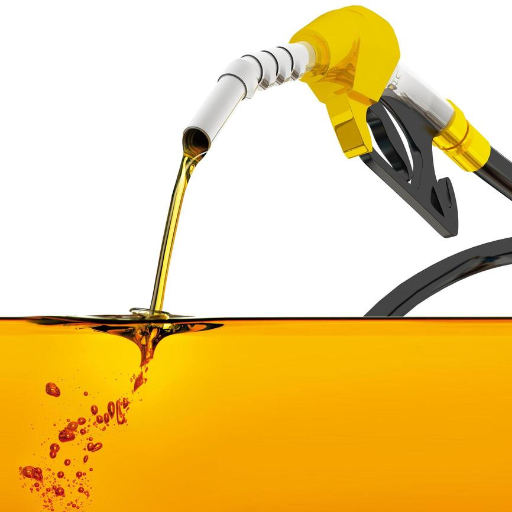
Gas stations are profitable under various circumstances, including the sale of fuel, convenience store items, and wash services. Although fuel is often more expensive in heavy traffic, the margin on fuel is often relatively thin due to variations in the wholesale price and intense competition. Most of the profit of a gas station is due to the higher-margin items, such as snacks, beverages, and other convenience store items. Offering ancillary services such as vehicle servicing and automated washing also creates complementary revenue streams while improving profitability. Effective cost management, combined with a strategic location, can also ensure profitability in such a highly competitive industry.
Analyzing Profit Margins at Gas Stations
Profit margins at gas stations are influenced by a complex combination of variables, including fuel pricing schemes, operational costs, and additional revenue streams. On average, gas stations earn literally a few cents per gallon of fuel sold, with a typical gross margin of 10-15 cents per gallon. When operational costs, such as credit card fees, transportation, and overheads, are factored in, the net profit on fuel sales can sometimes decrease from just one to as little as three cents per gallon.
Another essential way to improve profits is from in-store sales. Merchandise in the convenience store, such as snacks, drinks, and tobacco products, generally holds higher profit margins, ranging from 30 to 50 percent. Other services also do pretty well, including car washes, ATM commissions, and lottery ticket sales. At a smaller station, for instance, an automated car wash can add an extra $100 to $200 per day to revenues, with essentially no labor costs.
Location matters much more in the profit equation. Stations near highways or central urban locations tend to attract higher traffic volumes and have more opportunities to sell. Conversely, stations often choose rural locations where fuel sales may be low, given that competition is also low; therefore, in some circumstances, it is allowable for them to enjoy slightly higher margins on fuel.
Another modern trend that presents both pain and profit opportunities is that of EV adoption. Long-term EV adoption may reduce gasoline demand, but installing EV charging stations could serve as an alternative income source and attract a new customer base.
An optimized set of profit margins will therefore require a holistic set-up, balancing competitive pricing and other forms of revenue streams with the efficient running of operational investments in supplementary offers and services.
Impact of Competition on Profitability
The competitive landscape and dynamics have a significant influence on profitability in the retail and service industries. Businesses face downward pressure on pricing when operating in fairly competitive environments, to retain appeal to an eminently price-conscious clientele. Reports within the industry claim that 71 percent of businesses have stated pricing competition to be a chief impediment toward profitability; marketing and customer acquisition expenses may also be pushed higher by competition, and though these are crucial avenues for any company to gain visibility, erosion of profit margins through heavy spending on these avenues can become a linchpin if any misbalance is observed.
Market dynamics have demonstrated that those companies that thrive in highly competitive environments tend to focus more on innovation, customer experience, and loyalty programs to remain profitable. For example, companies that apply changes to personalize the customer experience gain an additional 10%-15% in revenue compared to companies that do not make such changes. In addition, in general terms, industries with high differentiation, such as technology and premium goods, employ price war-resistant mechanisms due to their distinct value propositions, for which consumers are willing to pay.
Another competition effect lies in the area of operational efficiency. Those organizations that compete in crowded markets will be inclined to streamline their supply-chain processes and embrace cutting-edge technologies, such as AI and automation, to drive down costs without compromising the quality of service. Intelligent analytics introduced into the retail industry, for instance, have reduced costs by approximately 20%, thereby enabling businesses to better manage their resources and direct funds toward various growth opportunities.
Therefore, while competition remains a threat to hindering success, it also breeds innovation and efficiency for those enterprises well-prepared to ride the long-term wave to a state of greater strength and profitability. Strategic investment across technology, customer engagement, and operational effectiveness will always be the way forward to alleviate the pressures brought by a competitive industry.
Strategies for Improving Profit Margins
Leverage Automation and Technology: Automation and advanced technology improve the efficiency of workflow, reduce labor costs, and eliminate errors. For instance, the application of robotic process automation in performing repetitive tasks is said to be capable of generating a 30% increase in productivity. Likewise, AI can automate customer service tasks and enhance supply chain management through predictive analytics, thereby optimizing inventory levels and reducing wastage.
Focus on High-Margin Products or Services: Perform a thorough analysis of a product or service portfolio concerning which terms command the highest profit margin. Consequently, more effort is channeled into marketing and expanding high-margin segments. For example, research indicates that profitability can be enhanced by diverting attention toward high-end product lines or complementary services. Further diversification into such choices while exiting unpopular ones creates a more considered allocation of resources.
Enhance Pricing Strategies: Dynamic pricing is based on real-time market demand, competitors’ pricing, and customer behavior. Thus, it ensures optimum revenue generation. Data-driven price models can yield businesses 5%-10% increments in margin. Carving out customers’ perception of value through competitor analysis from time to time puts you in a position where you maintain the optimal balance between profit and customer satisfaction.
Trim Down Operational Costs: Reviewing operational inefficiencies and applying remedial measures to address the issues provides excellent opportunities to reduce costs. These remedial measures may include implementing energy-saving initiatives, renegotiating price contracts with suppliers, and outsourcing non-core business processes. For example, negotiating energy-efficient equipment can save up to 15% on utility costs, while outsourcing administrative services can free up resources for core business activities.
Promote Customer Loyalty: Acquiring new customers typically costs significantly more than retaining existing ones. Developing loyalty schemes, personalizing customers’ experiences, and consistently delivering an excellent service level will substantially boost retention rates. According to industry averages, revenue could increase by between 25% and 95% due to a 5% increase in customer retention. Additionally, engaged and loyal customers are more likely to promote the company, thereby yielding additional revenue over time.
By implementing strategies relevant to their specific market conditions, businesses can build a formidable platform capable of increasing profit margins while adapting to the ever-changing economic landscape.
Retail Gasoline: Sales Strategies and Profitability
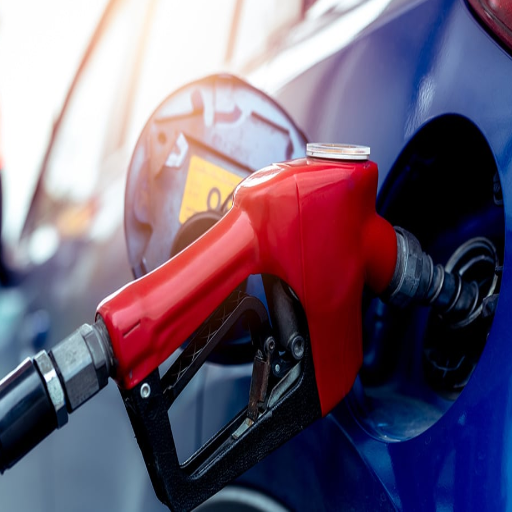
The retail gasoline business could potentially utilize a popular mix of price-setting methods, customer relationship promotion, and operational efficiency to achieve profitability. Courts of dynamic pricing, based on market trends and competitor rates, ensure that prices are competitive in the market and can be optimized for maximum returns. Offering loyalty programs or discounts attracts repeat customers and helps grow the business in the long term. Moreover, such promotions would include convenience features, such as in-store promotions or a car wash bundle, which would increase their average ticket. Minimizing supply chain interruption while curbing losses can keep operational costs low, thereby ensuring profit margins on the price. If the listed mode of operation is maintained diligently by retailing, it will be able to work successfully in a cutthroat market.
Effective Pricing Strategies for Gas Stations
Pricing strategies must remain competitive to draw customers into gas stations and boost profits. One approach offered is dynamic pricing, whereby fuel prices change in real-time based on current market conditions, demand fluctuations, and competitor pricing. Recent trends have emerged, demonstrating that stations with local competitors monitor their prices and adjust them internally accordingly to planned marketing efforts, resulting in an increase of almost 8-10% in volume sales.
Other programs, such as loyalty rewards that offer discounts or points redeemable through future purchases, also have an impact. For example, 65% rate a rewards program at gas stations higher than one without it. This, therefore, supports customer retention whilst further encouraging customers to buy more items unrelated to fuel.
Thirdly, selling bundles that include gas prices, as well as car washes, convenience stores, or maintenance packages, is another way to increase revenue streams. Bundling value-based offers tends to encourage patrons to spend up to 30% more.
A final solution to attract a tech-savvy crowd is to offer more technology-based options, such as mobile applications or digital, changeable price boards. Mobile applications that provide alerts on prices or promotions help increase loyalty and off-street traffic. This is because almost 75 percent of today’s consumers value convenience or savings when making buying choices. Combining various pricing methods can offer gas stations a sustainable solution to strike a balance between customer satisfaction and profitability.
Promotions and Discounts: Their Role in Driving Sales
Promotions and discounts are used to increase sales, as they create a sense of urgency and value in consumers’ minds. Short-term schemes, such as rolling back fuel prices during peak hours or offering discounts associated with loyalty cards, often result in immediate surges in traffic for gas stations. Studies have shown that almost 80 percent of shoppers would be more inclined to buy from brands that reward them with personalized discounts or incentives. These discounts, when combined with fuel discounts for purchasing bundled merchandise such as coffee or snacks, will increase sales across multiple product categories.
Customers are encouraged to accumulate savings through tiered reward systems, based on their purchasing behavior, to promote loyalty and repeat business. Studies suggest that customers who join loyalty programs tend to spend up to 18% more than those who do not. Promotions, in turn, get a wider reach through digital channels. Email marketing and mobile notifications have consistently maintained a steady influx of shoppers and higher expenditures since their introduction. Suppose these strategies are customized to fit customer preferences, while the effectiveness of promotions is tracked. In that case, a business stands a good chance of lifting both short-term sales and long-term customer associations.
Customer Loyalty Programs and Profit Margins
Customer loyalty schemes have long served as a means to fatten the profit margin. Studies have shown that companies can increase profits by 25-95% simply by improving retention rates by 5%. Loyalty programs consistently stimulate repeat purchases by offering a range of rewards, including discounts, special offers, or points that can be redeemed for merchandise. A typical example is point-based program members who tend to return to accumulate and redeem rewards, thereby encouraging greater spending over time.
Subscription models embedded in loyalty programs underpin the needs of modern customers, guaranteeing steady revenue and fortifying customer bonds. Nearly 49% of consumers say they frequently choose brands that offer loyalty benefits over those that do not. Offering personalized rewards would increase customer satisfaction, as it conveys that the brand understands and appreciates the customer’s preferences and tastes. Employing these data-driven methods can provide a competitive edge in highly competitive markets, ultimately leading to increased profit margins.
Current Trends in Gasoline Profit Margins
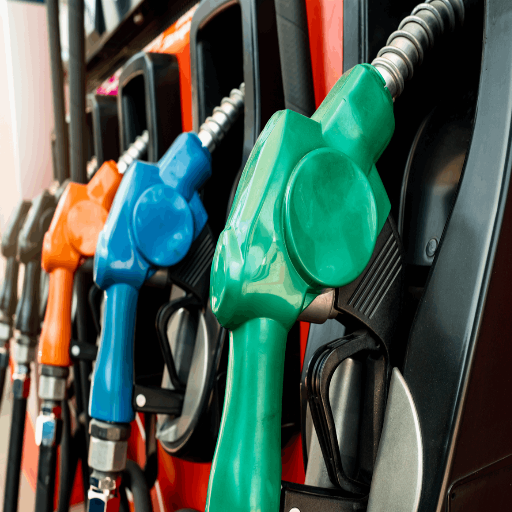
Price differentials in gasoline profit margins are influenced by volatility in the price of crude oil, refining costs, distribution expenses, and market demand. Recently, with higher crude oil prices and higher operation costs, profit margins have declined. Profitability, however, is also significantly influenced by local market conditions, such as regional demand and competition. To offset low margins from fuel, retail services integrate the sale of complementary products and services into convenience store sales. Observing fluctuations in global oil markets and consumer trends is essential for staying informed about these evolving developments.
Recent Changes in Gasoline Prices
In recent times, gasoline prices have fluctuated due to two primary factors: the increased cost of crude oil and rising operational expenses. I have observed that regional factors also influence the final price one pays at the pump, including local demand and competition. While many of the motor fuel retailers look to convenience stores’ complementary sales to help counterbalance shrinking fuel margins, it has been paramount to stay abreast of global market trends and consumer behavior to grasp these changes.
Economic Factors Affecting Profit Margins
The profit margins across various industries are being shaped by several economic factors, which carry recent trends that offer incisive insights. Inflation is a significant factor affecting the costs of raw materials and operational expenses worldwide. Presently, inflation rates worldwide have increased, with the U.S. inflation rate remaining between 3.6% and 3.8% as of September 2023. This means that inflation exacerbates the cost of goods sold (COGS) and squeezes the profit margins of several enterprises.
Another element, bordering on supply disruptions, has increased logistics expenses. In its road to recovery from the challenges arising from the pandemic, shipping costs and delays have risen from their lower base. For instance, container freight rates may be down from their 2021 peak, but they are still significantly higher than their pre-pandemic averages, consequently increasing operational costs.
Labor costs put yet another layer of consideration. Pressures on profit margins arise from upward-trending wages, due to declining unemployment rates, and clamors for fair wages. Average hourly earnings, for instance, are up by about 4.2% year-over-year in 2023 in the U.S., reflecting the tight labor market.
Finally, shifts in consumer spending behaviour and fluctuating demand further exacerbate the situation. The recent trend depicts a decline in discretionary expenditures, as consumers are forced to spend mostly on essentials due to the economic shock. This situation realigns income flows into businesses targeting non-essential goods.
These economic factors must be understood and adapted to retain profitability in an increasingly dynamic market design. Standing in reliable forecasting, cost optimization strategies, and innovation are vital for these businesses to face such threats effectively.
Forecasting Future Profitability in Gasoline Retail
The future of gasoline sales is complex due to several interconnected factors. Chief among these is the fluctuating price of crude oil, which has remained particularly volatile due to geopolitical tensions and developments in the global economy. Historically, fluctuations in crude oil have had a direct impact on aspects of retail gasoline sales, including prices, profit margins, and demand on a given day.
Another issue is that of electric vehicles; in current times, there has been a surge in the sale of EVs, indicating that consumers are shifting towards the use of alternative and sustainable energy. This trend will, over time, translate into lower demand for traditional gasoline. Consequently, the retail sector will be forced to diversify into the sale of alternative products or even the installation of EV charging infrastructure.
There are, thus, also government regulations and policies that are seen as working towards reducing carbon emissions, providing both a challenge and opportunities to the retail outlet of gasoline. Emission regulations that establish emission and renewable energy standards, along with incentives for renewable energy, work optimistically against a retailer attempting to promote green practices while also staying competitive in the marketplace.
Consumer trends, which drive gasoline consumption, are partly influenced by changes in broader economic circumstances. In the light of inflationary pressures, for instance, many drivers are/or will shortly switch to fuel-efficient cars or limit their travel to essentials, and gasoline consumption patterns are changing accordingly. We see the rise of loyalty programs and dynamic pricing models as key tactics to retain customers and drive sales during these transitions.
The opening up of secular technologies, characterized by the supply of innovative solutions in areas such as supply chain management, operations, processes, payment, and analytics, is defining how operational efficiencies and cost reductions are achieved on the retail side for gasoline. For example, predictive analytics optimizes inventory to enable retailers to respond quickly to changes in demand.
Gasoline retailers would do well to keep up with rapidly evolving trends. Harnessing technology, focusing on environmental issues, and staying close to consumer trends can provide these businesses with a solid platform to ensure long-term profits, despite current market challenges.
Reference Sources
“Investigating the Effect of Different Factors on Profitability”
“Liquidity and Profitability Ratios on Growth of Profits of Listed Oil and Gas Firms in Nigeria”
“Profitability Using Second-Generation Bioethanol in Gasoline Produced in Mexico” (2021)
Frequently Asked Questions (FAQs)
What is the profit margin on gasoline per gallon?
The profit margin on gasoline per gallon refers to the difference between the cost of purchasing gas and the retail price at which it is sold. This margin can vary based on factors such as oil prices, operating expenses, and regional competition among gas stations.
How do gas prices affect the profit margin for retailers?
Gas prices have a significant impact on the profit margin for retailers. When the wholesale price of gasoline rises due to increased crude oil prices or supply chain disruptions, the profit margin may shrink if retailers cannot raise their retail prices correspondingly, leading to potential losses.
What are the average gross profits for gas stations?
On average, gas stations operate with a gross profit margin that typically ranges between 10 and 15 cents per gallon. However, this figure can fluctuate based on market conditions, competition, and the efficiency of their operations.
How do operating expenses influence gasoline profit margins?
Operating expenses, such as wages, maintenance, and utilities, play a critical role in determining gasoline profit margins. High operating costs can erode profits, making it essential for gas station operators to manage these expenses effectively to maintain a profitable operation.
What factors contribute to volatile gasoline prices?
Gasoline prices can be volatile due to various factors, including fluctuations in crude oil prices, geopolitical events, seasonal demand changes, and supply chain issues. These factors can lead to rapid price fluctuations, which in turn impact the overall profitability of gas stations.
How can gas station owners calculate their profit margins?
Gas station owners can calculate their profit margins by subtracting the cost of goods sold (COGS) from their retail price, which includes the wholesale price of gasoline and operating expenses. This calculation helps determine the profit made on each gallon sold.
What role do oil companies play in the pricing of gasoline?
Oil companies influence the pricing of gasoline by determining the wholesale price of gas based on the dynamics of the crude oil market. Their pricing strategies, production levels, and responses to market demand directly affect the retail prices that consumers see at the pump.
How do taxes impact the price of gasoline and profit margins?
Taxes significantly impact the price of gasoline, as they are included in the final retail price paid by consumers. High taxes can reduce the profit margins of gas stations, especially if they cannot pass these costs on to consumers without losing business to competitors.
Why is it essential for gas stations to monitor real-time fuel prices?
Monitoring real-time fuel prices is crucial for gas stations to remain competitive in the market. By staying informed about fluctuations in wholesale prices and adjusting retail prices accordingly, gas stations can optimize their profit margins while attracting and retaining customers.

